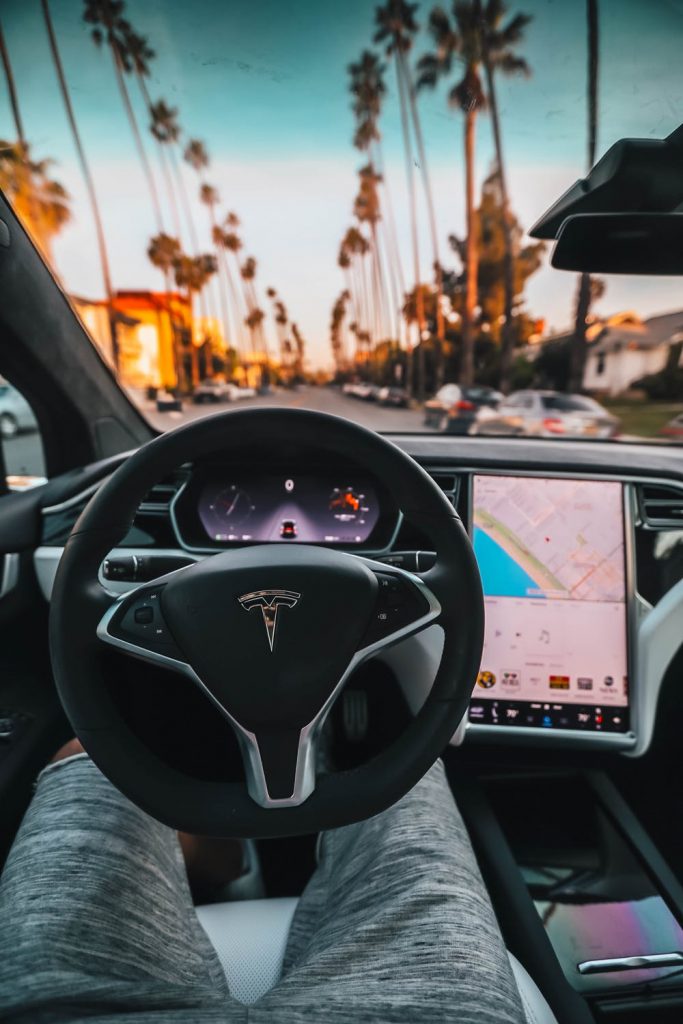- Like
- SHARE
- Digg
- Del
- Tumblr
- VKontakte
- Flattr
- Buffer
- Love This
- Save
- Odnoklassniki
- Meneame
- Blogger
- Amazon
- Yahoo Mail
- Gmail
- AOL
- Newsvine
- HackerNews
- Evernote
- MySpace
- Mail.ru
- Viadeo
- Line
- Comments
- Yummly
- SMS
- Viber
- Telegram
- JOIN
- Skype
- Facebook Messenger
- Kakao
- LiveJournal
- Yammer
- Edgar
- Fintel
- Mix
- Instapaper
- Copy Link
As human error accounts for a large percentage of car accidents in the US, the concept of self-driving technology is gaining widespread popularity. Automation can eliminate the human error factor from driving. It probably means that the roads will be safer with driverless cars, but you cannot be too sure. Mishaps can still happen due to some reasons, and it makes sense for the potential victims to understand their rights and privileges.
If you get into such an accident, you must also have an idea about the responsibility. After all, it may be hard to decide the fault for a road accident when there is no one behind the wheel. Thankfully, the victim can still prove liability and claim compensation even with a self-driving car. Here are some facts you need to know about understanding the responsibility for the crash.
Possible causes of self-driving car mishaps
When a car accident occurs due to the driver’s fault or carelessness, the law holds them responsible and liable to pay damages to the injured victims. But things get complicated when a vehicle is driven by a software application rather than a person. Everything boils down to the possible cause of the crash when it comes to deciding the liability. Here are the ones that emerge as the leading possibilities.
- Human error- Accidents can happen due to human negligence, even with the most advanced technology behind the wheel. If the backup driver could have done something to reduce the risk of the mishap, it is clear that he or she was negligent. Similarly, the driver may misuse the technology or fail to remain alert when driving the vehicle instead of using the app. In such cases, the fault rests on the negligent driver.
- Vehicle malfunction- One of the most common causes of mishaps with self-driving cars is the failure of technology. A malfunction may happen even in the most high-tech vehicles. Engines can fail, brakes can go bad, and parts can be defective. If it happens, you can seek guidance from a seasoned car accident lawyer and file a lawsuit against the manufacturer.
- Error in design- At times, the problem may lie in the design of the vehicle or the software that runs it. Such errors can elevate the risk of accidents and make the model unsafe for being on the road. The responsibility for the crash in such situations comes to the manufacturer or the software development company, as the case may be.
Deciding the responsibility
Apart from the possible cause of the mishap, the level of automation of the vehicle at the time of crash plays a crucial role in determining liability. When the car has a low level of automation, the driver is more likely to be liable. Here is the scale that decides the level of automation for vehicles:
- No automation/ Level 0- Only basic features such as cruise control
- Driver assistance/ Level 1- Adaptive cruise control, radars, or cameras for lane-keeping
- Partial automation/ Level 2- Speed and steering control while the driver still has to keep hands on the wheel
- Conditional automation/ Level 3- Self-driving capabilities but under pre-determined conditions and the driver has to be behind the wheel
- High automation/ Level 4- Self-driving capabilities without human intervention under most road conditions
- Full automation/ Level 5- Self-driving capabilities without human intervention all most road conditions
Vehicle technology is still evolving, and full automation may take many years to achieve. Right now, most vehicles are at level two or lower, which means that there is a high probability of driver’s liability. They are obligated to drive attentively and prevent accidents with timely action. Personal injury claims in such crashes may also take the product liability route if the manufacturer is liable for a design defect. Similarly, you can file a claim against the maintenance company if there is a defect due to negligent maintenance. Every case will be dealt with as a unique one, considering the circumstances involved. It is vital to have a seasoned attorney to guide you and define the responsibility, which is perhaps the trickiest part.
Things can be challenging when you have an accident with a self-driving car. But it shouldn’t keep you from getting the compensation you deserve for your injuries and damages. The best approach is to collaborate with an experienced lawyer who understands the nuances of personal injury claims. Specific experience with self-driven car accident claims can be an added advantage.


![how-much-should-your-marketing-team-budget-for-2021?-[by-industry]](https://everythingflex.com/wp-content/uploads/2021/03/8108-how-much-should-your-marketing-team-budget-for-2021-by-industry-150x150.jpg-23keepprotocol)